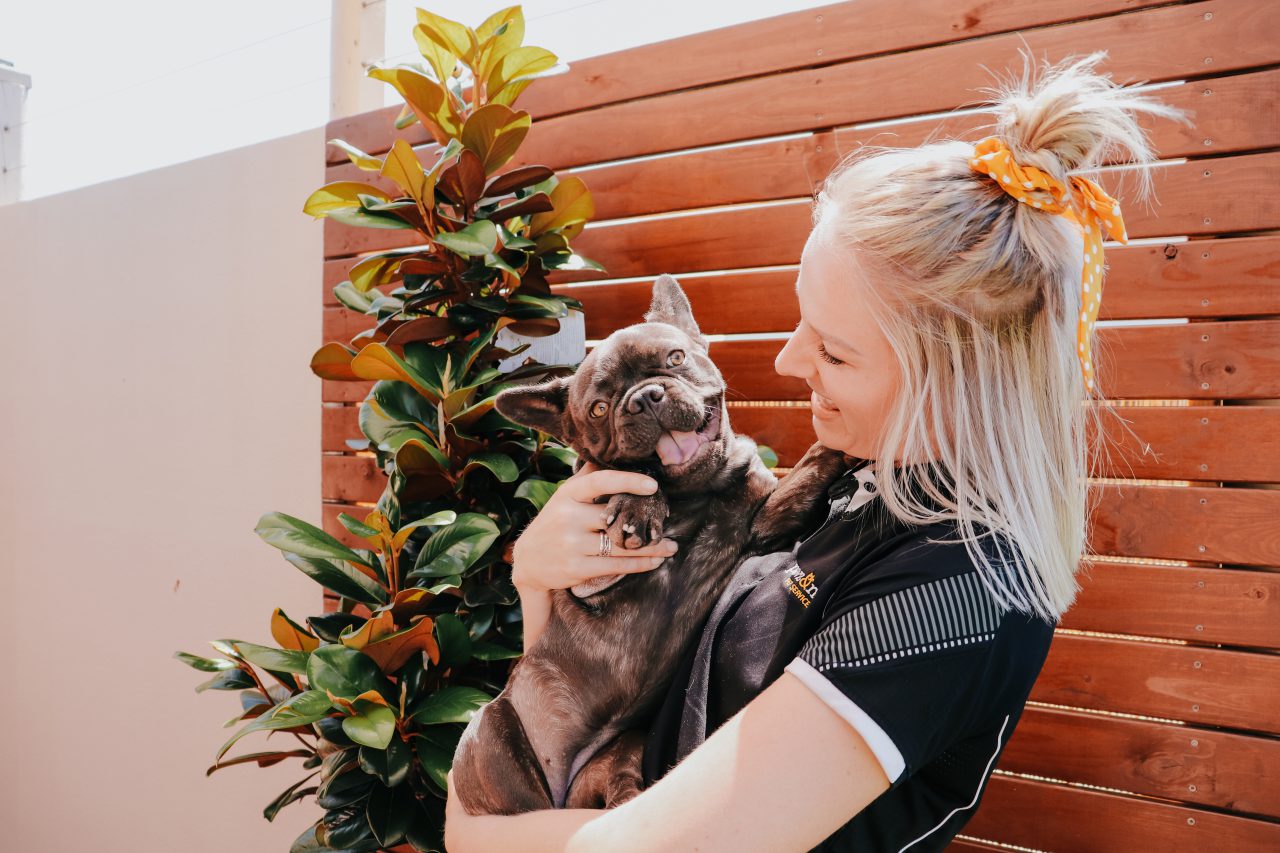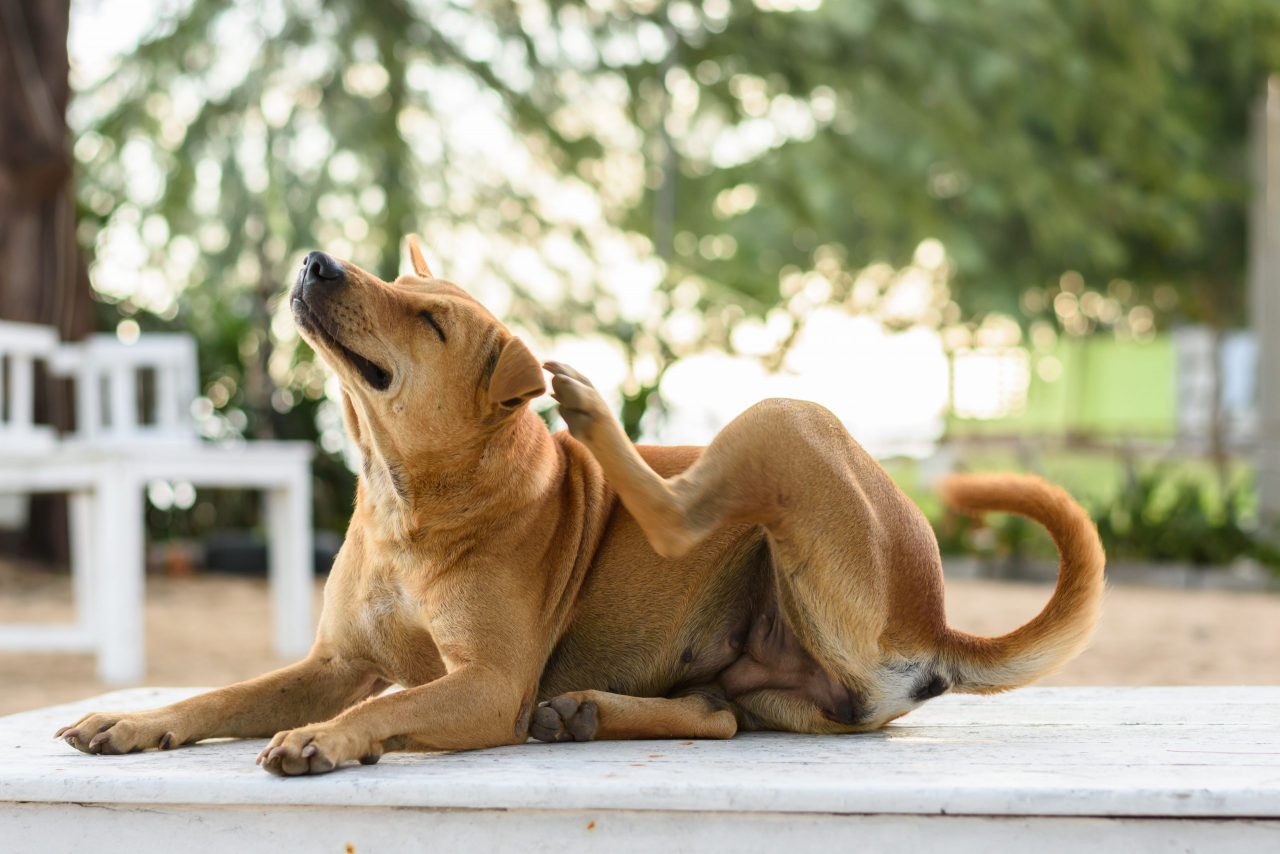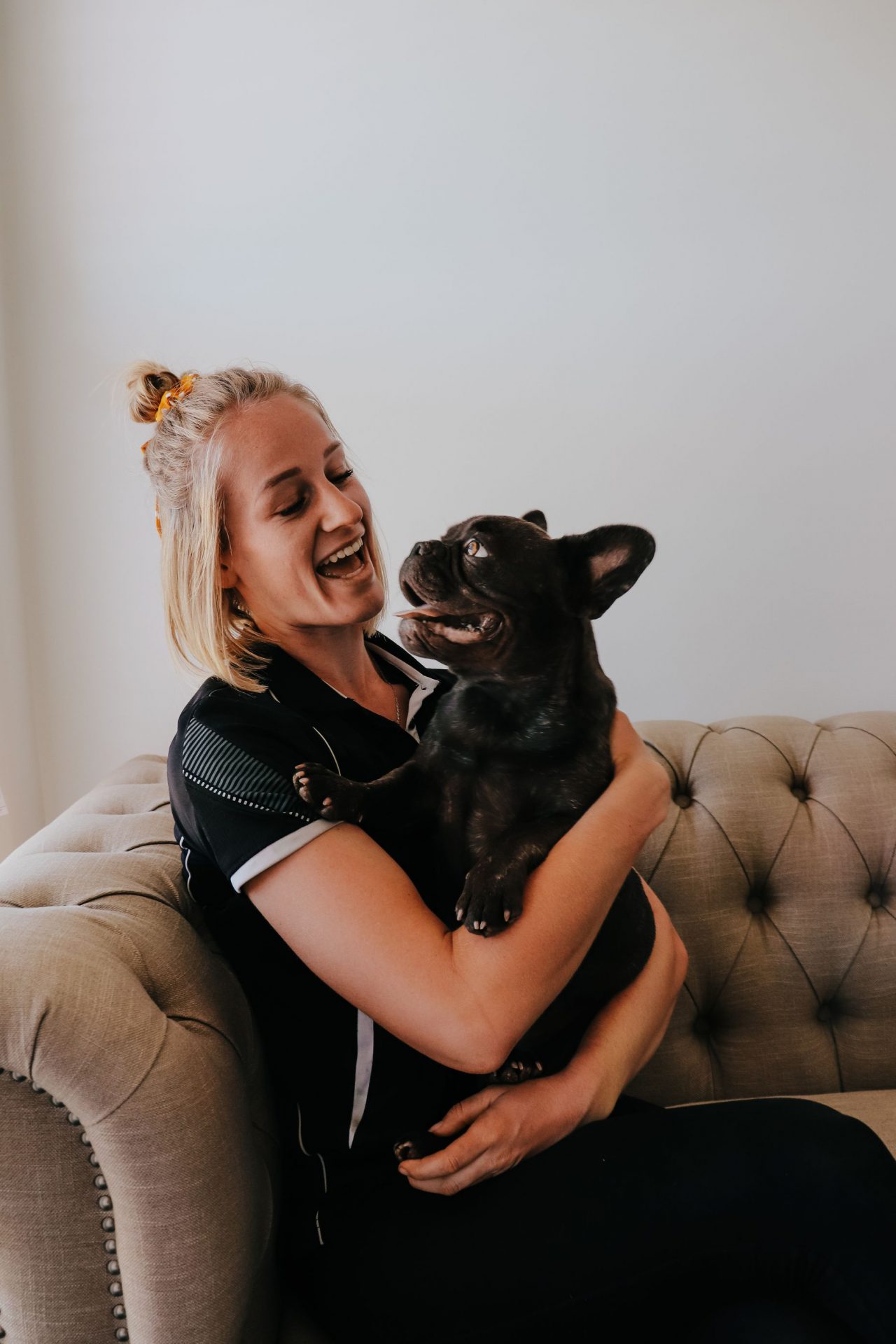Our doggies love beautiful weather, just like us! There’s not a whole heap better than a good walk on a beautiful day with a happy doggy.
But changing seasons can be tricky for pets, so it’s important to be aware that they can struggle just as much as we might with the health affects of the warm weather kicking in.
Research has even found that some dogs get more moody and snappish in hot weather, meaning they may want more space and less petting… Can relate!
Though all dogs can be susceptible to hot weather hazards, certain dog breeds are less heat -tolerant than others. Brachycephalic breeds, such as Bulldogs, French Bulldogs, Pugs, and Boston Terriers, do best when staying cool in hot weather because they can have difficulty breathing in extreme heat.
Large breeds are also susceptible to heat, as are longhaired breeds like the Komondor, Afghan Hound, and Alaskan Malamute. If you own a breed like these, you may find that your dog isn’t as active in hot weather or as willing to engage in play and other activities.

With all the crazy and downright unpredictable weather we’re getting this Summer, dog and cat owners should remember to pay close attention to the possibility of seasonal skin and gut issues. Skin issues are the most common seasonal problem, affecting thousands of dogs and cats every year.
Increases in humidity and temperature in the warmer seasons can often cause more frequent itching and scratching. The high humidity can also result in rapid increases in skin bacteria and fungus, from normal, healthy levels to problematic blooms. This increases the risk of infection, especially if the skin is in a weakened state after being damaged from the itching and scratching.
Recognising Heat Rash in Dogs
In a hot and humid climate such as the Australian Summer, it’s useful to keep a lookout for bumps on your dog’s skin, which is one of the signs of heat rash. Typically, such itchy bumps can be combined with skin redness and non-stop scratching and licking.

While heat rash can present like a number of other common rashes, symptoms to look out for include:
-
Tender and red skin (usually in skin folds and on the belly)
-
Scabs and sores
-
Continuous licking and scratching
-
Itchy and irritated skin
-
Small pimples in a concentrated area
As a result of overheating, heat rash can occur on any part of your dog’s skin – particularly in areas that trap heat and moisture, such as in between skin folds or wrinkles. While this may seem like a minor issue, the harmless-looking bumps can deteriorate into pimples or boils, accompanied by foul smells.
Your pet’s compulsive scratching, licking, and even biting can cause the area to bleed, scab, and sore. This not only causes pain to itself but can also cause infection.
So what can we recommend?
If you’ve got a pet that suffers with sensitive skin, we recommend:
- Bathing them using a hypoallergenic shampoo on a regular basis, usually every seven to 10 days.
- After each walk, a towel-down with a slightly damp cloth can help to remove any allergens or irritants on the coat. Pay special attention to the feet, where allergen levels are often the highest.
- In some cases, a special low-allergy diet can work wonders in helping to prevent flare-ups of itching and scratching.
- Giving pets with sensitive skin a natural omega-3 supplement, such as salmon oil or flaxseed oil, can help protect the skin and naturally reduce inflammation.
- Cooling your dog off after a hot outing in the sun, and avoid keeping them outdoors for long periods of time, particularly peak sun hours from around 10AM to 4PM.
- Give your dog regular brushings and trims to prevent matted and knotted fur. Not only is this uncomfortable for your dog, but it also traps heat and overheats your dog more quickly.
Do you have a pet that suffers with sensitive skin issues? What have you found to be the best remedy?

